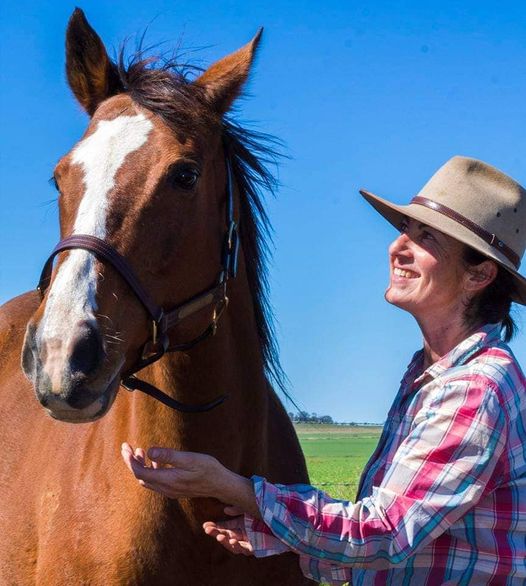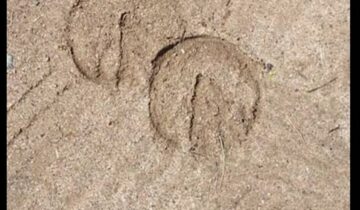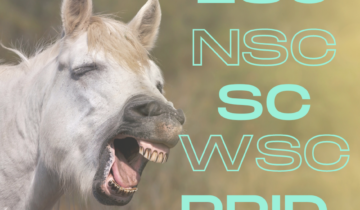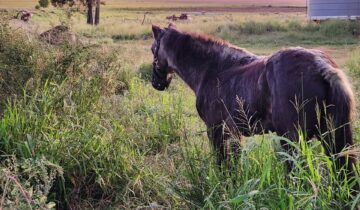Recently, I’ve been reflecting on why I chose to become a barefoot trimmer. It all began when I lost a horse to PPID/Cushing’s, which led to catastrophic founder. I felt utterly helpless, questioning everything. What was founder? How could this happen? Why didn’t I know more? And one main question remains: How can we prevent laminitis and founder?
My motivation to become a trimmer stemmed from a desire to prevent others from experiencing the pain I went through. The chronic stress and anxiety of waking up every day, fearing that my horse had foundered overnight, took a toll on me, my family, and my horse.
It’s important to understand that laminitis and founder are symptoms, not diseases themselves. They’re triggered by underlying issues, often related to conditions like Equine Metabolic Syndrome and PPID/Cushing’s, which research shows are closely linked to laminitis. Today, what weighs on me is the ongoing epidemic of laminitis and founder, conditions that are largely preventable. It’s exhausting to see so many horses suffer. Will there ever be a day when horses no longer need to be micromanaged because the grass they eat might cause them unbearable pain? Perhaps not. However, I firmly believe in the power of education. Education is key to successfully managing our horses and preventing laminitis and founder. By learning more about your horse’s health—whether it’s hoof care, nutrition, or exercise—you can make a real difference. Take the time to understand how your management practices affect your horse.
Education = Empowerment = Advocacy
When our horses become lame, and we’ve never faced such a situation before, it can be overwhelming. Stress and anxiety often follow. The key to alleviating this stress is to empower ourselves through learning. Knowledge is the foundation of success; it helps guide us and helps us to manage challenges in life effectively. For example, knowing the correct digital pulse for your endocrine-impaired horse, managing an abscess, recognising laminitis, and having informed conversations with your vet about your horse’s vitals—all these skills equip us to handle emergencies while waiting for veterinary advice. This knowledge reduces our stress and gives us the tools to manage ongoing healing under the guidance of our vet and hoof care professionals.
Empower Yourself to Learn
On that note, I want to share some of the incredible professionals I’ve learned from:
- Dr. Robert Bowker – His work is in-depth and best appreciated once you’ve grasped anatomy and morphology.
- Pete Ramey – A long-standing expert in the field, his knowledge guided me at the start of my journey. His website is a valuable resource.
- Dr. Eleanor Kellon, Kathleen Gustafson, and the ECIR team – This group has been instrumental in my nutrition education. Their expertise in nutrition, endocrine disorders, and hoof pathology has been invaluable. I highly recommend the ECIR group and Dr. Kellon’s online classes.
- Hoof Care Professionals – Andrew Bowe, Pete Ramey, Daisy Bicking, Ida Hammer, Alicia Harlov, Darrall Clifford, and Wendy Murdoch have all contributed greatly to my learning.
All of these professionals offer online courses, books, podcasts, YouTube content, and more. By supporting them, we ensure they can continue teaching us. I will always be grateful for the knowledge I’ve gained from them, and I encourage you to immerse yourself in their literature.
The world of learning about hoof care and nutrition is right at your fingertips.




 No products in the cart.
No products in the cart.